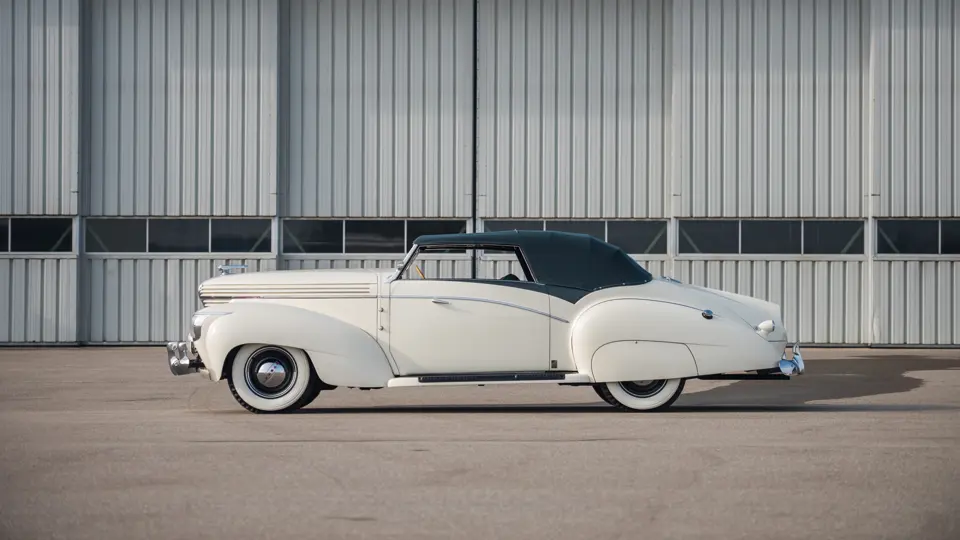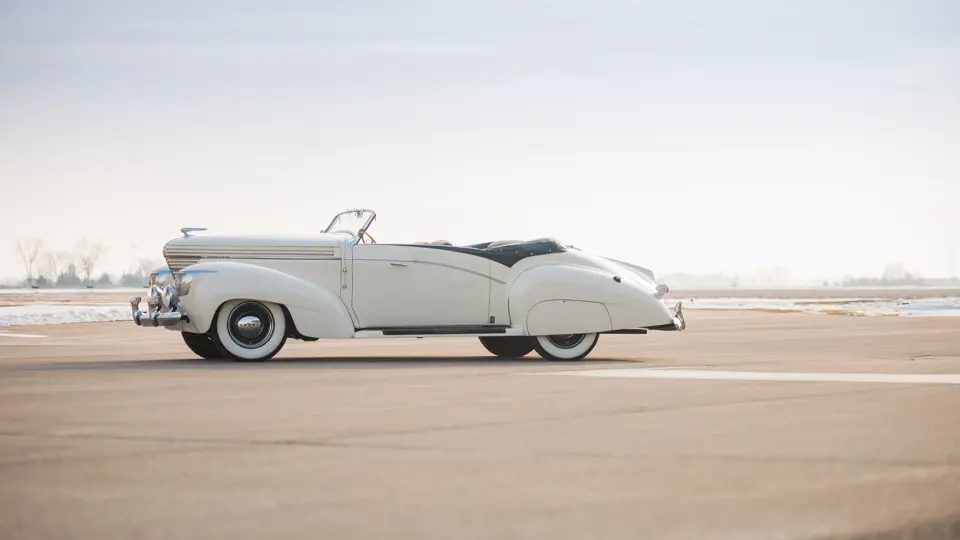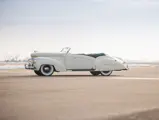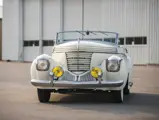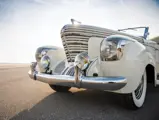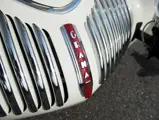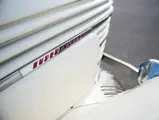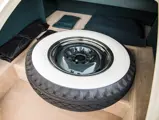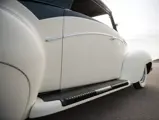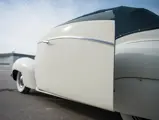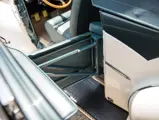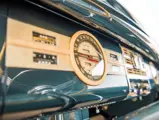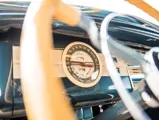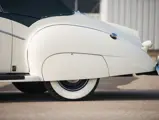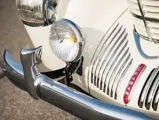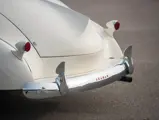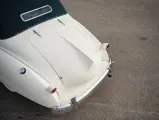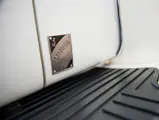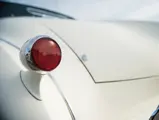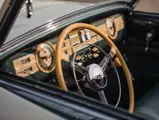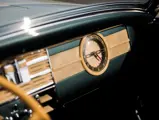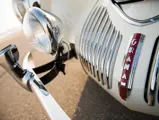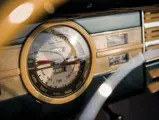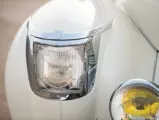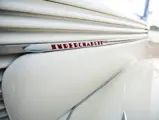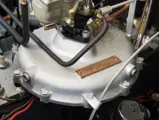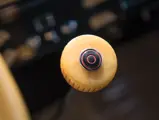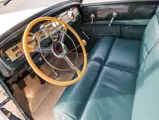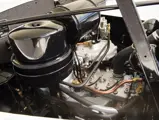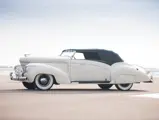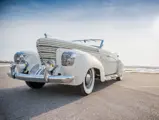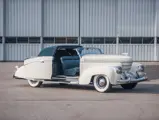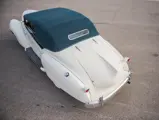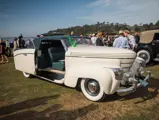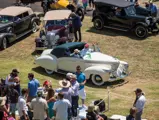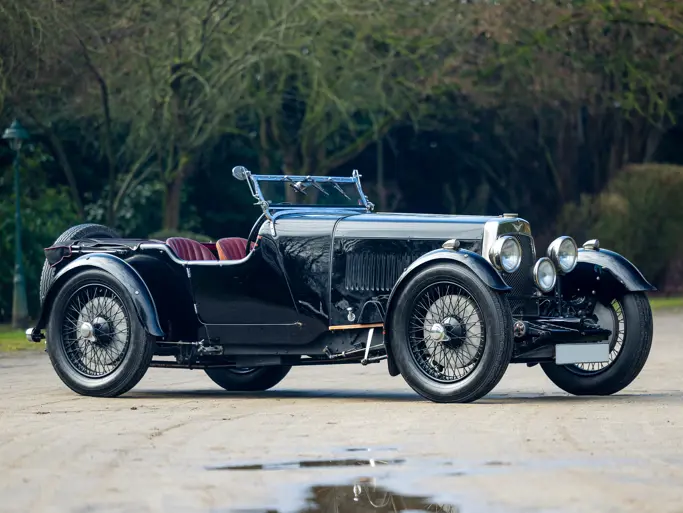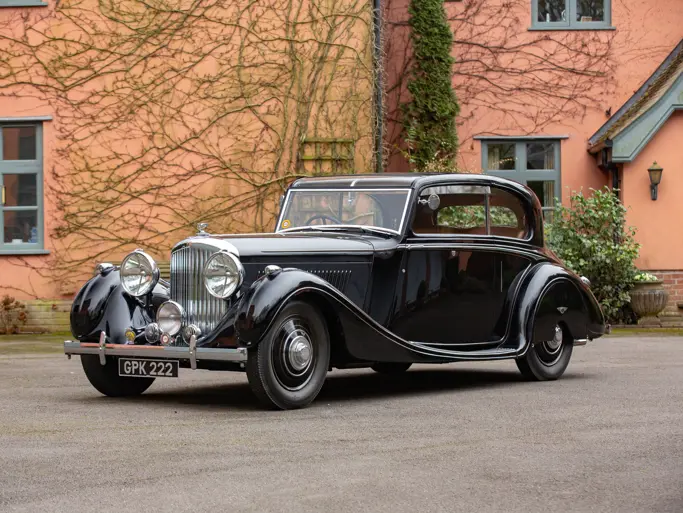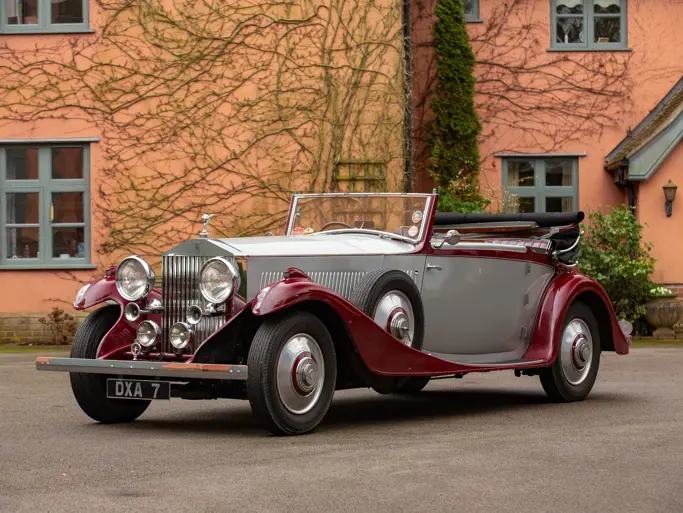
1938 Graham 97 Supercharged Cabriolet by Saoutchik
{{lr.item.text}}
$770,000 USD | Sold
{{bidding.lot.reserveStatusFormatted}}
- The 1938 Paris Salon car for the Saoutchik stand
- Unique, special styling features, including cantilevered doors and a folding windshield
- 2015 Pebble Beach Concours d’Elegance class award winner
- Thoroughly researched, spectacular restoration by RM Auto Restoration
- Classic Car Club of America (CCCA) Full Classic
- The finest surviving combination of American and French Art Deco
116 bhp, 217.8 cu. in. L-head inline six-cylinder engine with crankshaft-driven supercharger, three-speed manual transmission with overdrive, independent front suspension with coil springs, semi-elliptical leaf spring rear suspension, and four-wheel hydraulic drum brakes. Wheelbase: 120 in.
THE SPIRIT OF MOTION
That title suggests an abstract work of art, and the 1938 Graham was as close to that category as production automobile design ever dared reach. It was, for its time, as mold-breaking as the Cord 810 that preceded it two years prior. The final creation of the late Amos Northrup, an early pioneer in automotive aerodynamics, it sported a jutting prow flanked by curved fenders, with headlights blended smoothly into their leading edges. The radiator seemed to bend around the hood with the force of the wind, its strakes continuing nearly all the way to the cowl. Pontoon fenders, with shrouds over the rear wheels, and a built-in trunk were not altogether new in 1938. However, no American car before had carried them quite so audaciously.
SHARKNOSE BY SAOUTCHIK
Like many advanced American designs of the late 1930s, “The Spirit of Motion” caught on much stronger in avant-garde Europe than in its home country. The finest European coachbuilders took Northrup’s aerodynamic lines as their muse, among them Jacques Saoutchik of Paris. Saoutchik installed custom cabriolet bodywork on several “Sharknose” chassis, of which the car shown here is believed to be one of two existing examples and the only one currently in the United States.
Writing in the June 1984 issue of The Classic Car, automotive historian Karl Zahm described the Saoutchik Graham best: “This Graham is a rakish car made more so by the absence of running boards and its decided ‘notch-back’ style accented by the sweeping side moldings. An aerodynamically inspired fin molded into and forming part of the rear deck adds to its streamlined look. The car is also fitted with unique parallel opening doors built under license by its developer, British coachbuilder James Young, Ltd. A double-bar, pivoting swing hinge is used, allowing the fifty-two-inch wide doors to swing out and back over the rear fenders – always parallel to the car’s sides. The door windows are also unusual in that they work on a double retractable system. Upon rolling down the window, the rear or larger part retracts first, allowing the wind wing section either to return into the body of the door or be left upright in operable position.”
THE ROAD TO (AND FROM) ALGIERS
Chassis number 141747 was one of two Saoutchik-bodied Grahams displayed at the 1938 Paris Salon, with this particular car being the more “special” of the pair, with its cantilevered doors and folding windshield. It was the car displayed on Saoutchik’s stand, where photographs depicted Pierre Saoutchik presenting it to French President Albert François Lebrun. It was shown again at the Faire de Lyon in March 1939, as featured in the Graham factory newsletter, The Supercharger.
The car is recorded by Saoutchik historian Peter Larsen as having been originally sold to a Maurice Reb. Reb kept his car during the time that he was stationed in Algeria with the French Army. However, the commanding officer of the French Army in Algeria, General Alphose Juin, requisitioned the Graham. Reb put up a fuss and was subsequently conscripted to the General’s chauffeur until the end of 1939! Late in 1940, Reb returned with the car to Algiers and around this time, it was converted to run on coal gas due to severe wartime fuel supply restrictions. Reb sold the Graham to the Army in late 1942, who then put a military vehicle gas engine in the car. It remained there for two more years; during this time, it was photographed in the town of Touggourt, where it remained in service as a staff car.
The Graham was eventually acquired in 1944 by an American Chrysler employee, Thomas Demetry, from the French Army Service of Supply, and was exported from the Algerian port city of Oran to the United States for $175. The car was then traded among enthusiasts in Michigan until 1966, when its final Great Lakes State owner, Morley Murphy, sold it to legendary collector William Harrah for his renowned Nevada museum. Harrah’s staff performed their usual painstaking research on the car’s past, including following up on a rumor of its use by Charles de Gaulle; they contacted de Gaulle’s office, which sent back a terse reply that they would not be commenting, and that it would be best not to pursue the matter further!
The car was sold at one of the Harrah’s Automobile Collection dispersal auctions in 1981 to Edmund Kowalski of California, who exhaustively documented its restoration over a 30-year period of research on two continents. Finally, in 2013, it was acquired by the current owner, who set to work having RM Auto Restoration resurrect it to its original beauty.
RESTORATION AND RESURRECTION
The Graham had survived the years in extremely original condition; while it was missing various trim components, the period photographs located allowed them to be recreated, painstakingly and carefully. Original color schemes were carefully studied and considered, and the cantilever doors painstakingly rebuilt to operate as new.
While about half of the body wood had to be replaced during the restoration due to dry rot, the majority of the body sheetmetal was able to be preserved. Mechanically, the chassis and suspension was in good condition, requiring only new bearings, bushings, and steering joints. The complete electrical system was rebuilt to function correctly, including the original tube-type AM radio. A period-correct engine and supercharger were rebuilt, assembled, and then tested on a chassis dynamometer.
Much of the trim work for the interior was missing, probably due to the earlier restoration attempts. Molds were made and the plastics for the instrument panel were cast using the original swirled two-tone colors. The original mechanism for the three-position top was rebuilt to function properly, and the top was made using the correct materials. Leather belts were made to hold the roof in the mid position if it is desired.
Following completion of the spectacular restoration, the Graham made its debut at the 2015 Pebble Beach Concours d’Elegance. Its design and restoration were acclaimed, as it became one of the most popular and most photographed cars of the show, and it was awarded 2nd in class. It appeared again in 2015 at the Cobble Beach Concours d’Elegance in Ontario, Canada, and was even more successful, being judged Best of Show among a field of superlative classics. It has also been accepted by the Classic Car Club of America as a Full Classic, by virtue of its stunning custom coachwork.
Further, the car is offered with the comprehensive collection of documentation assembled for it by Edmund Kowalski, covering virtually every segment of its history and perhaps the most authoritative archive ever assembled on the Saoutchik Grahams. This includes its full file from Harrah’s Automobile Collection.
Ready for further show appearances, and undoubtedly more trophies, this amazing machine has survived World War II to become one of the most thrilling surviving combinations of American and French streamlining from the golden era of Art Deco.
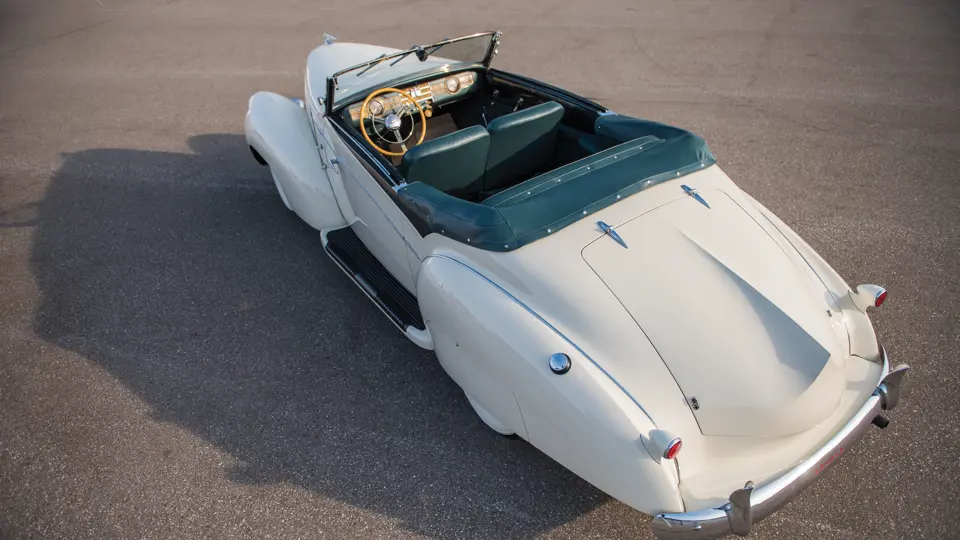



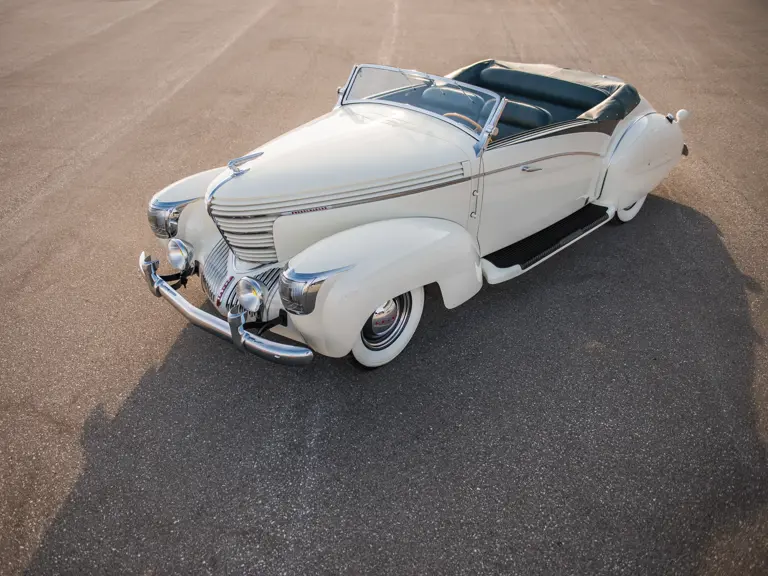
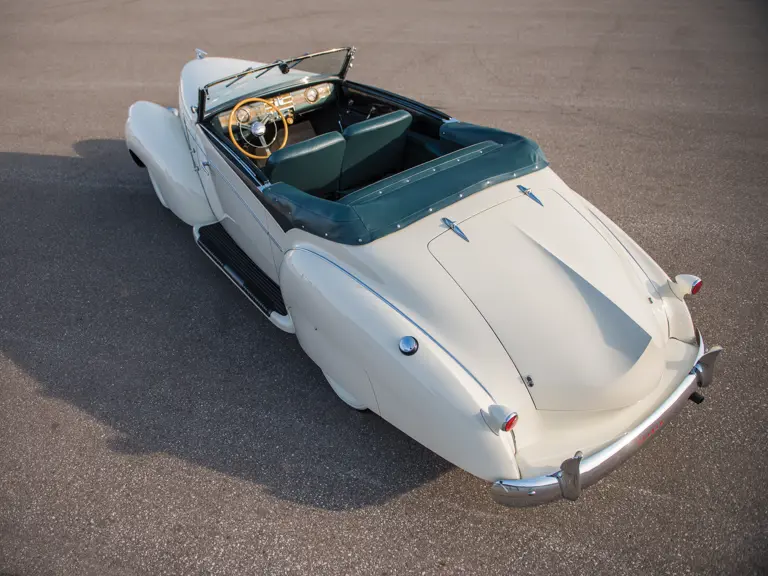
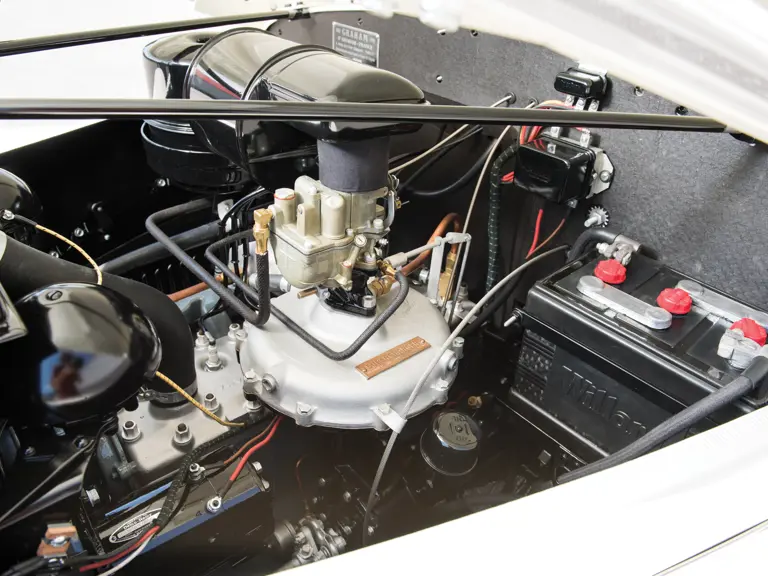
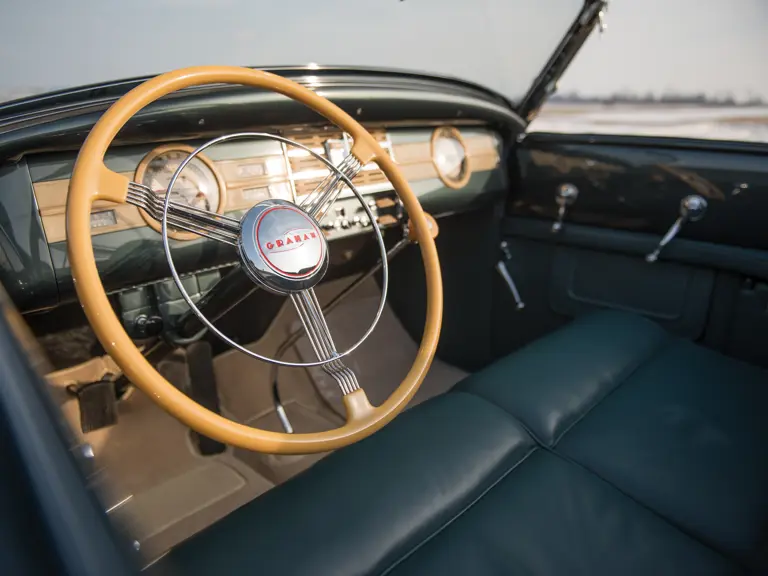
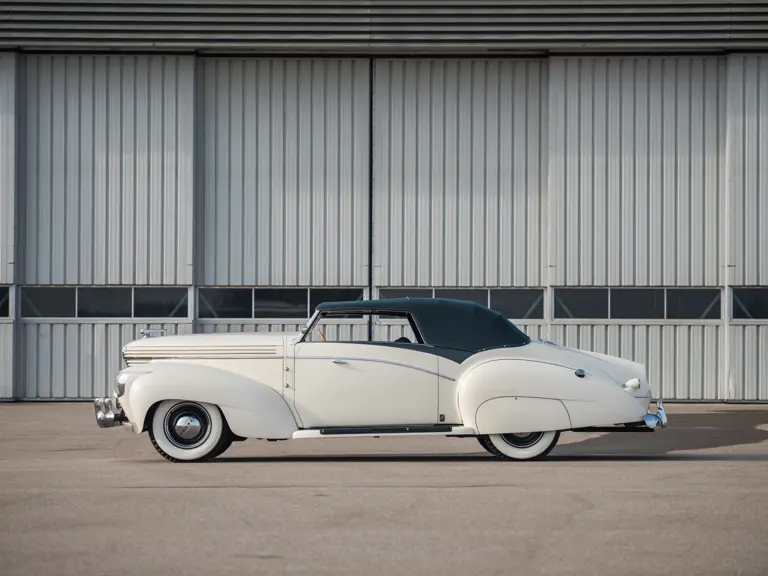
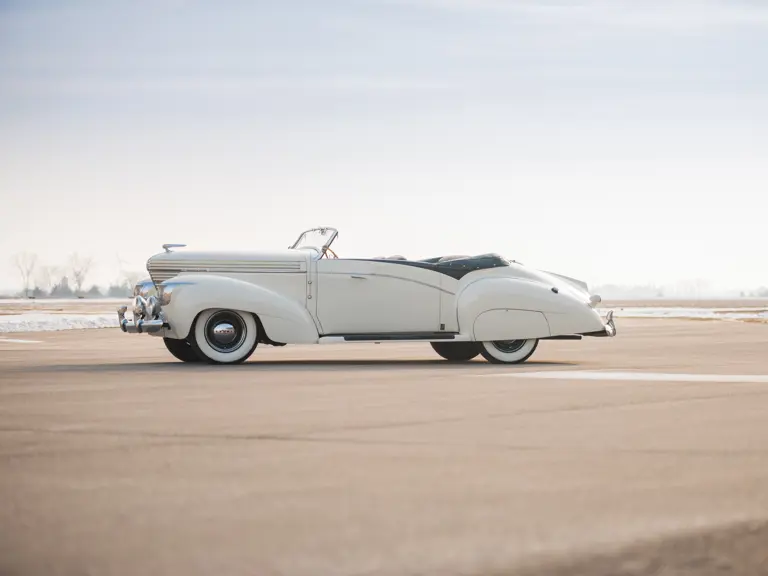
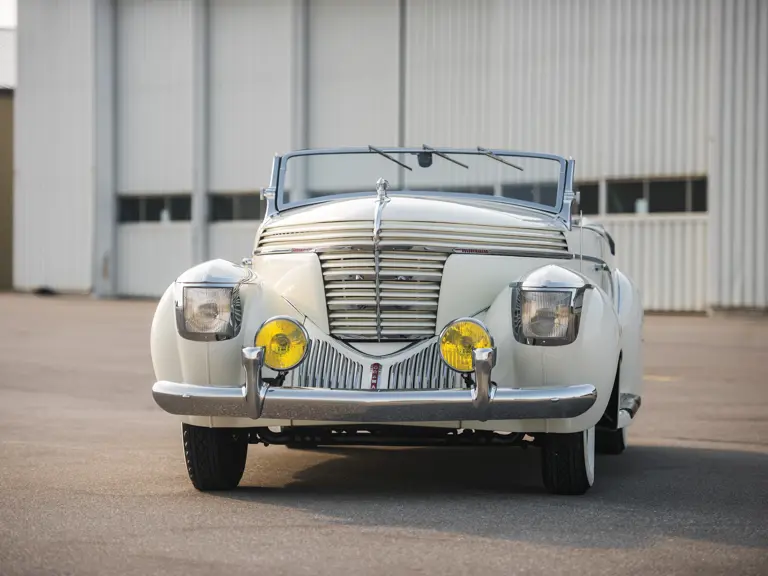
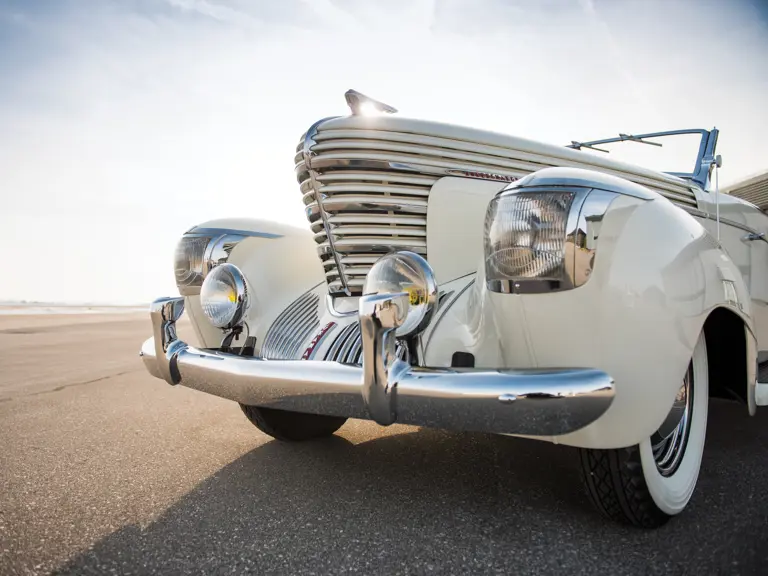

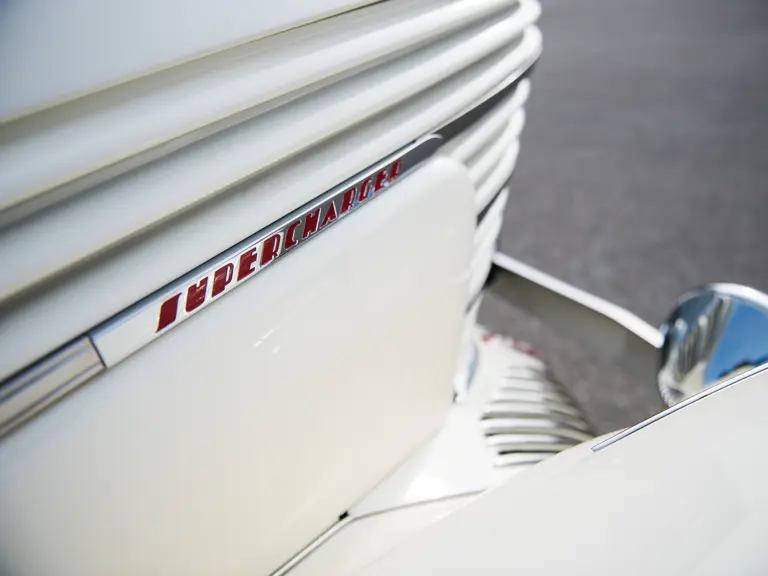
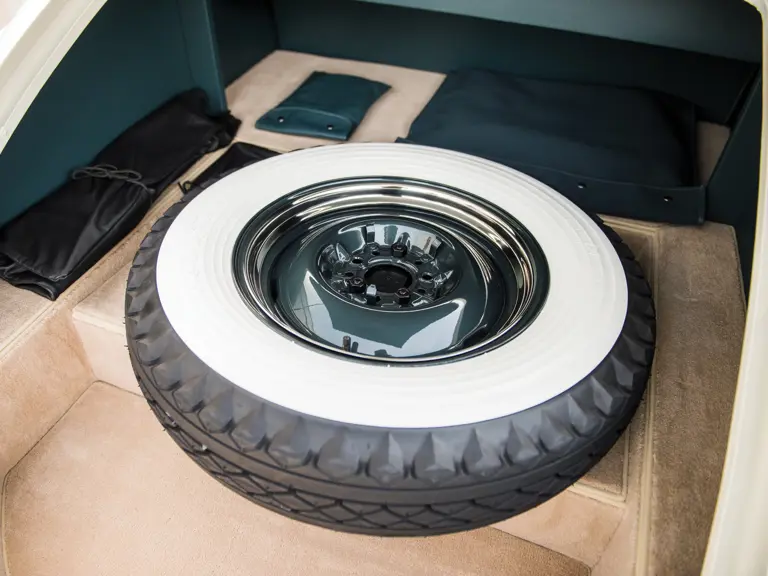
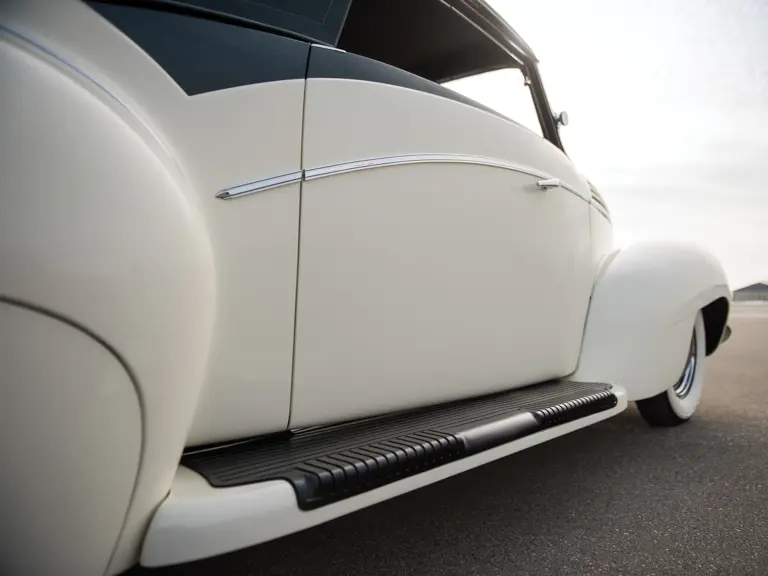
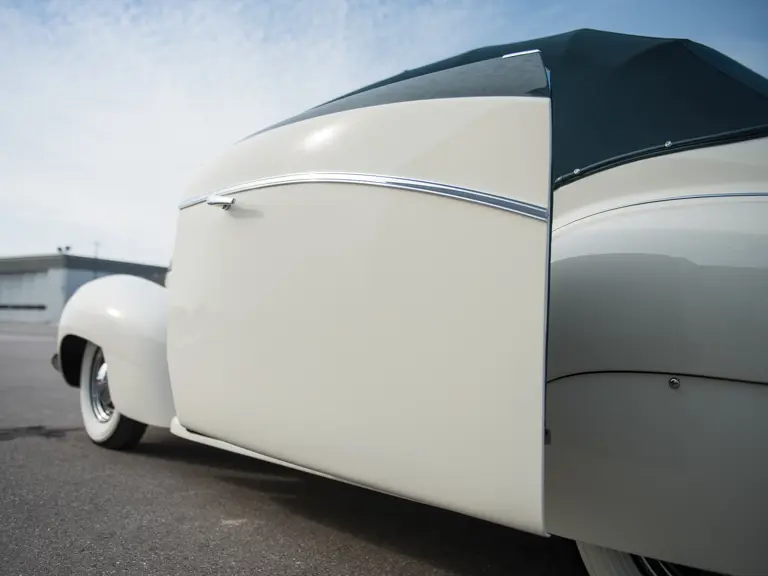
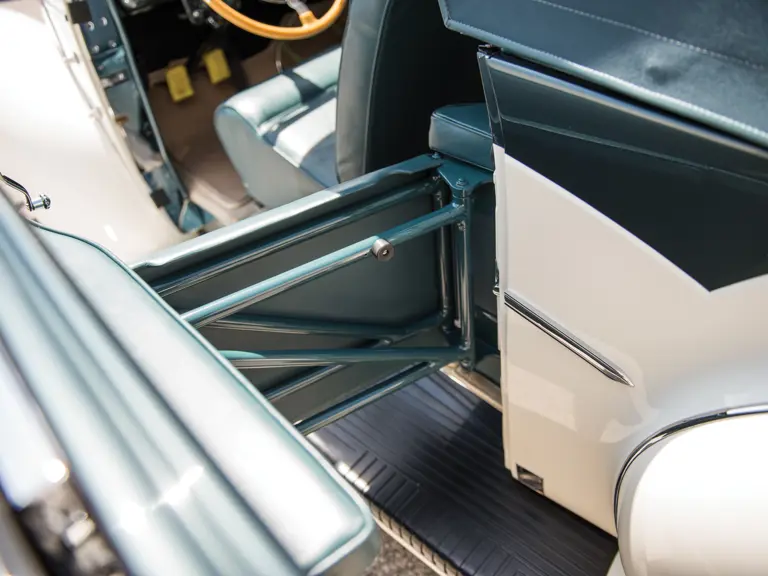
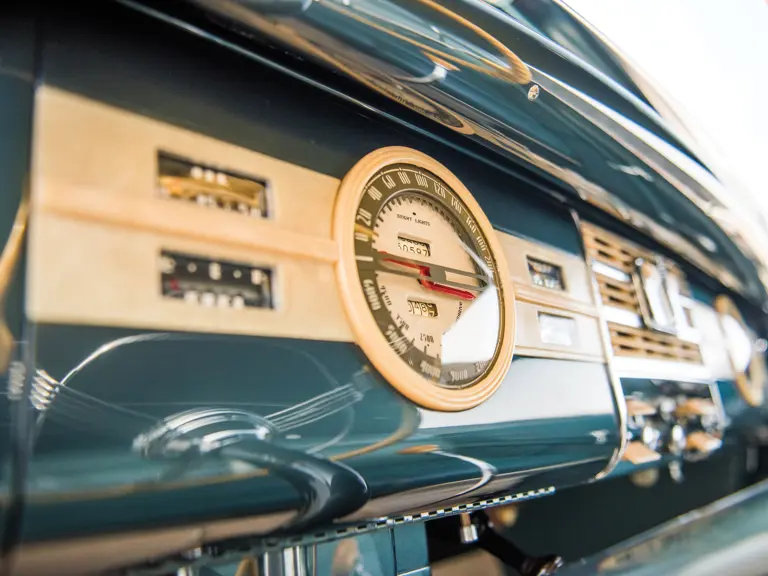
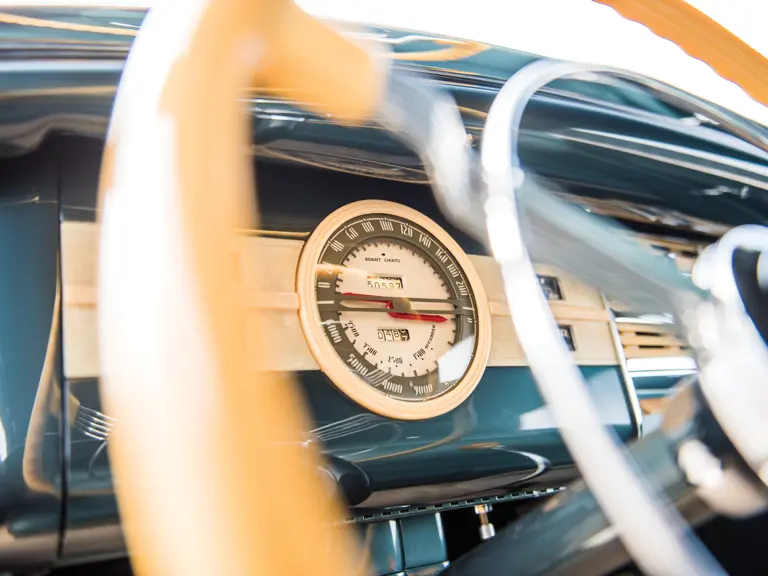

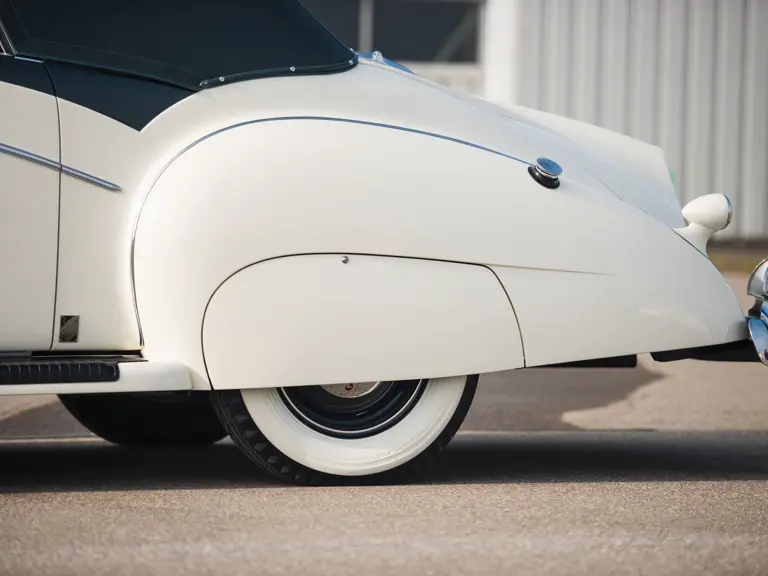
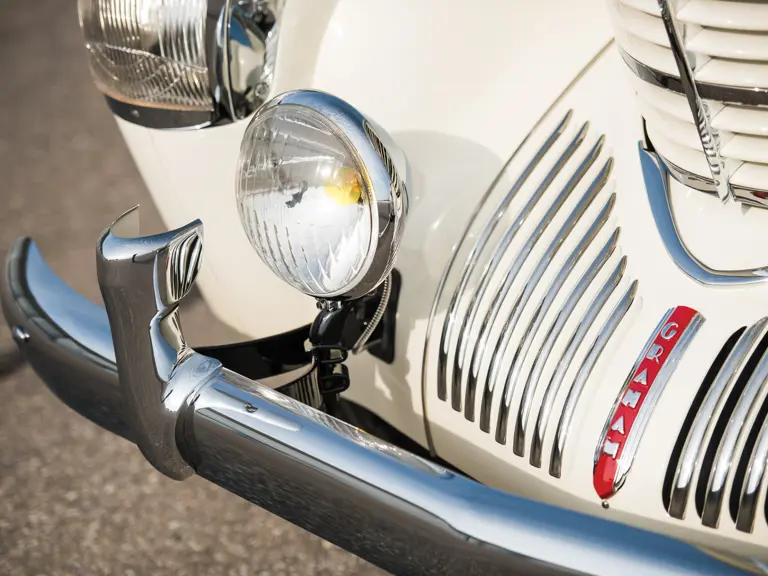
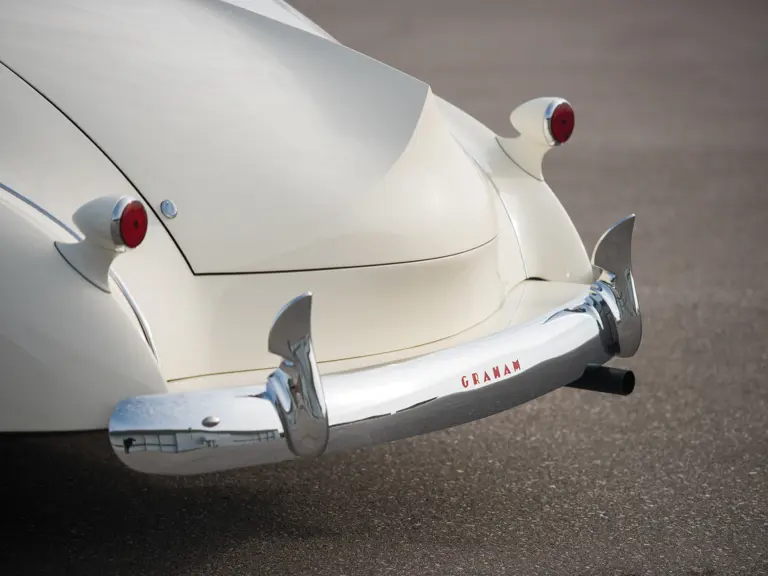
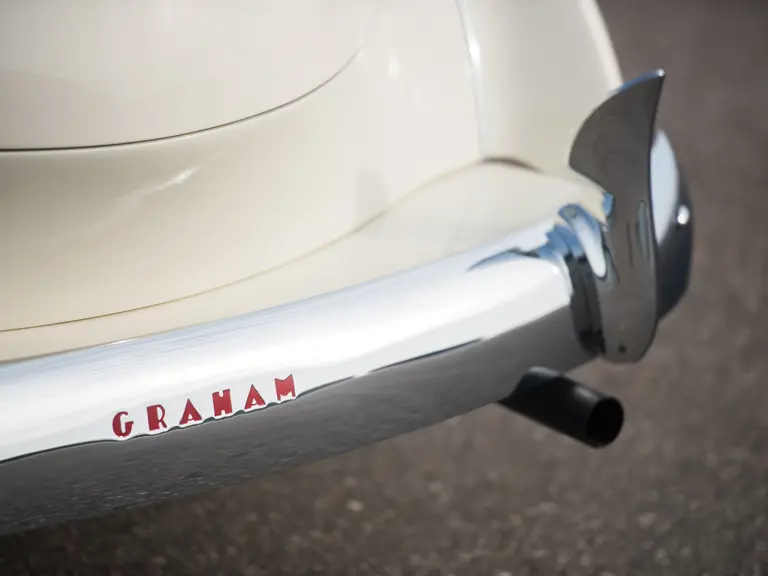
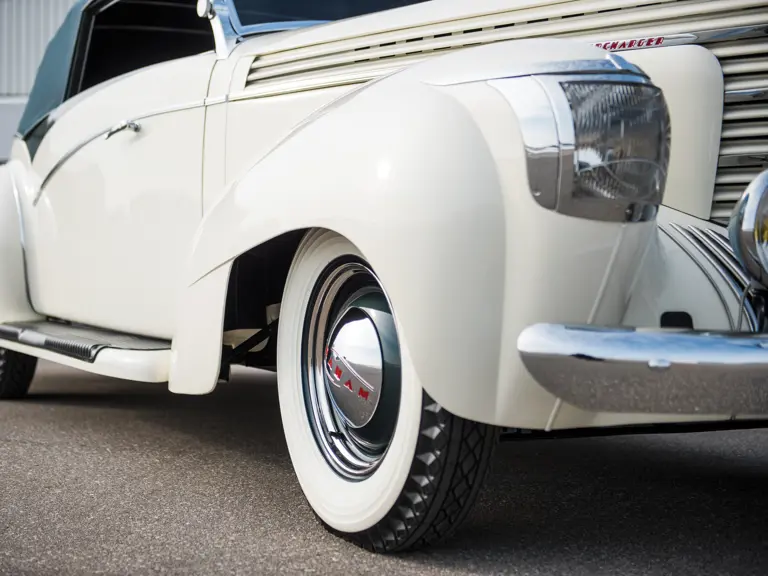
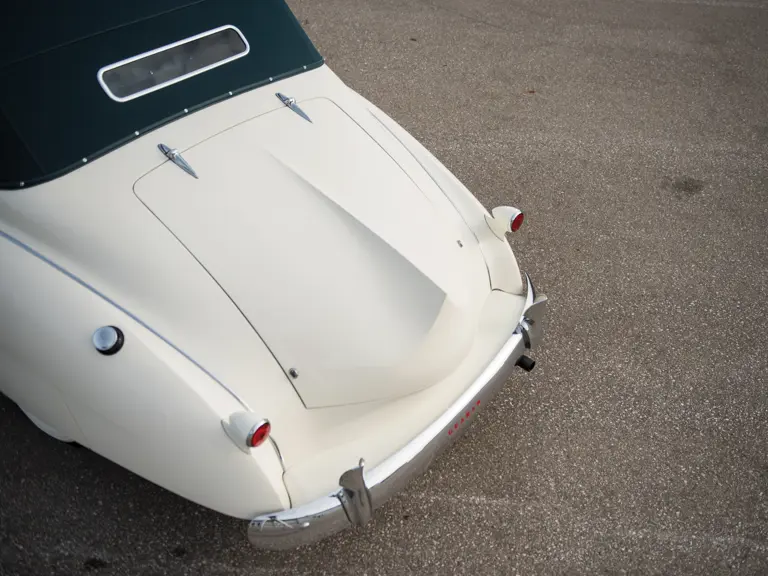
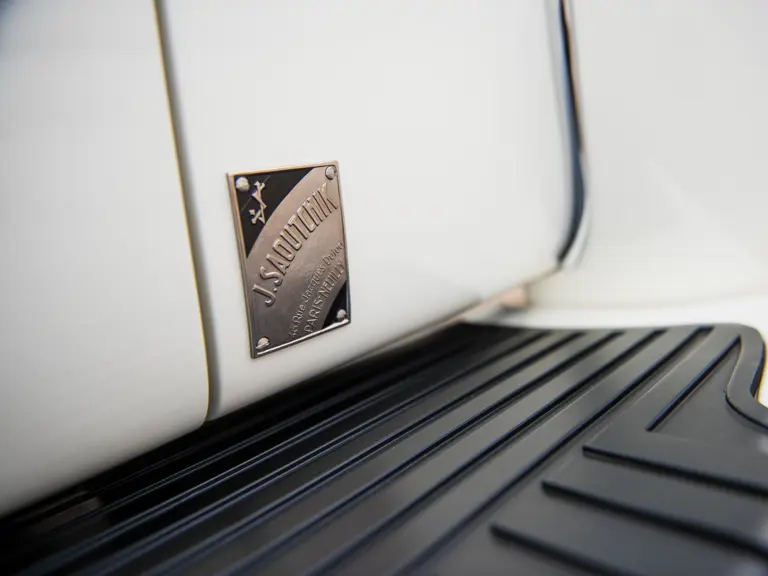
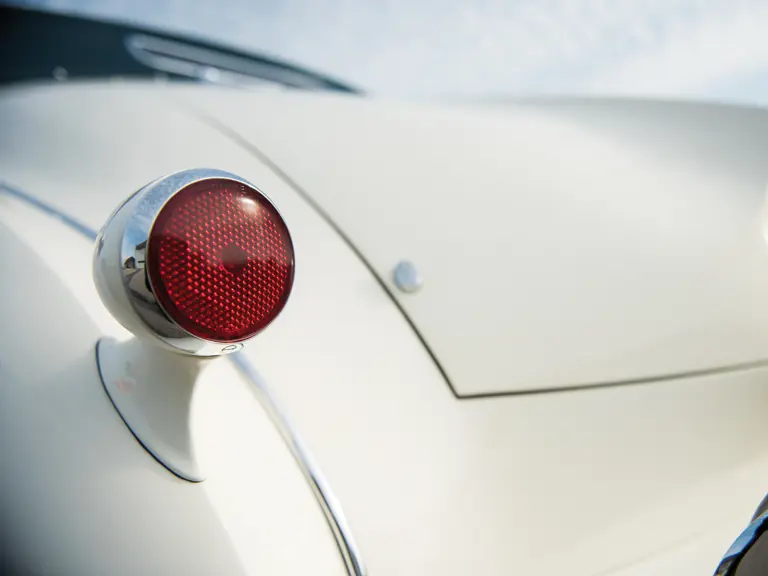
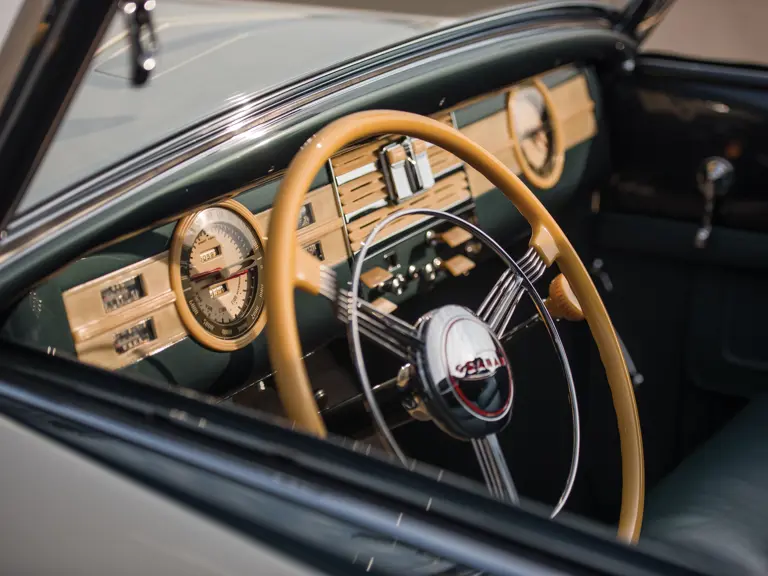
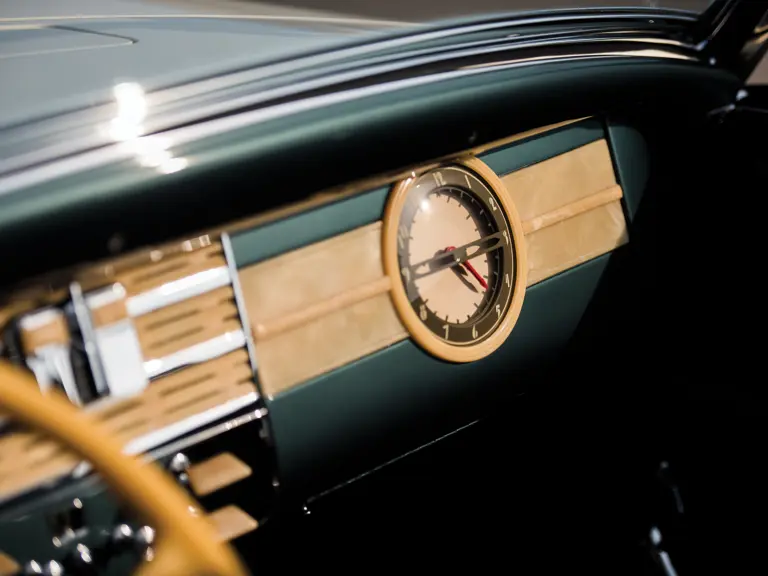

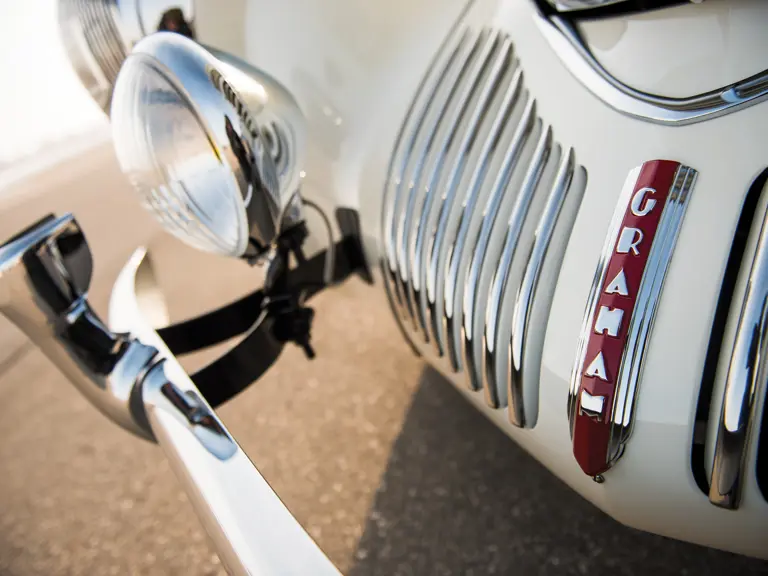
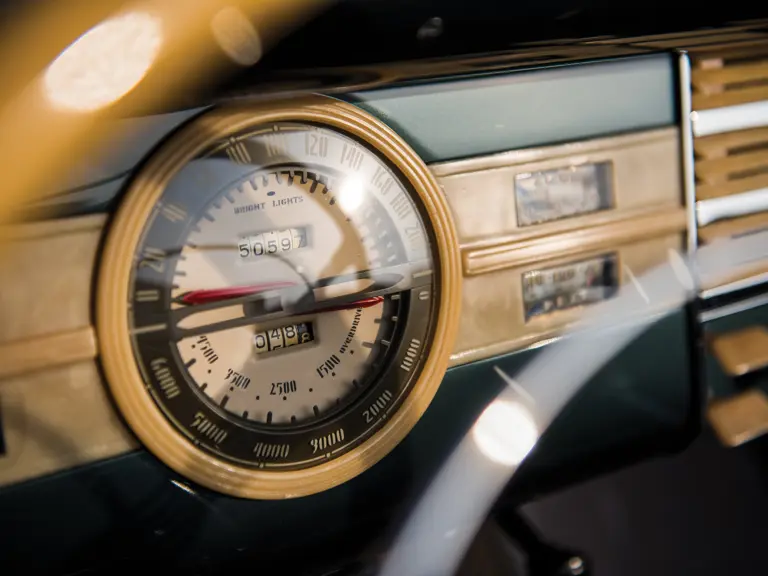

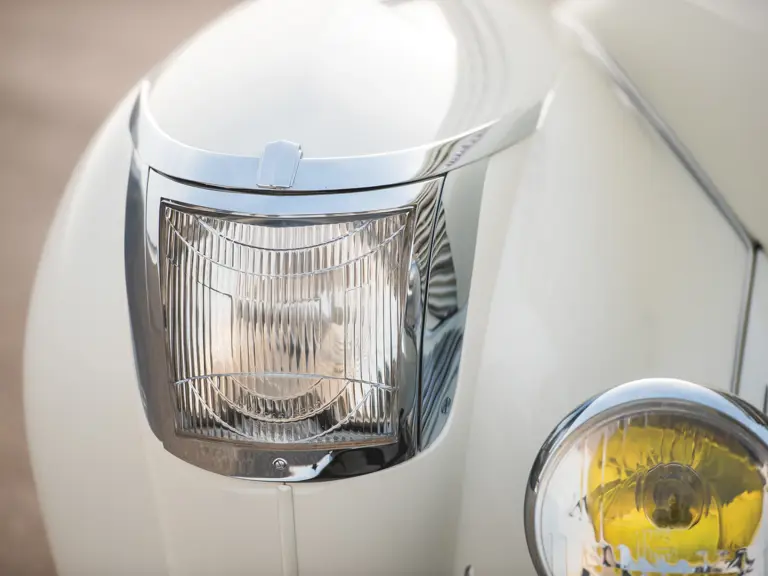
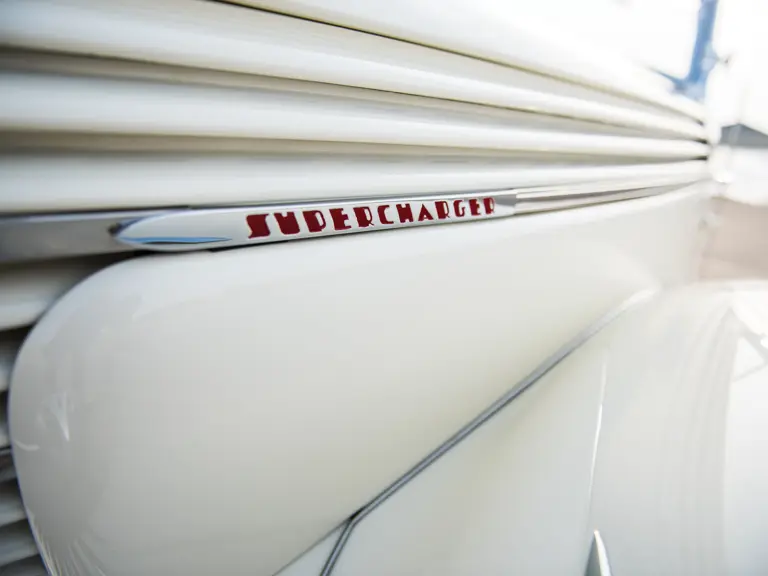
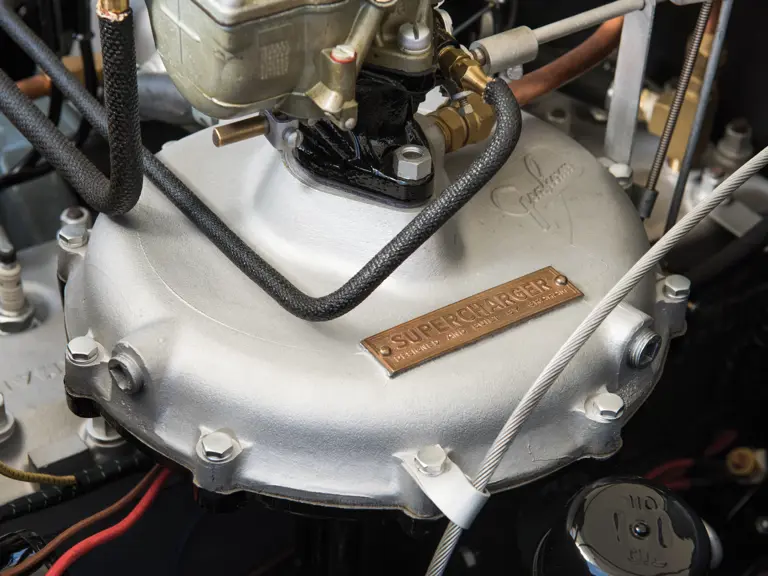

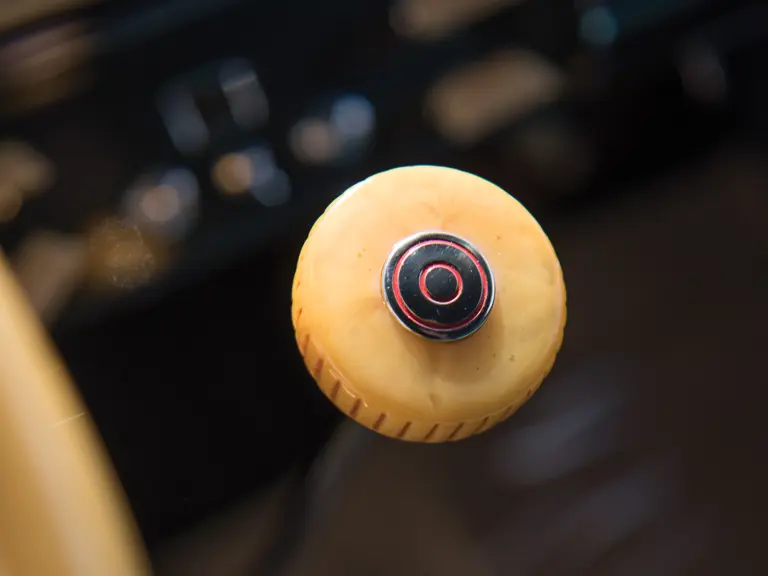


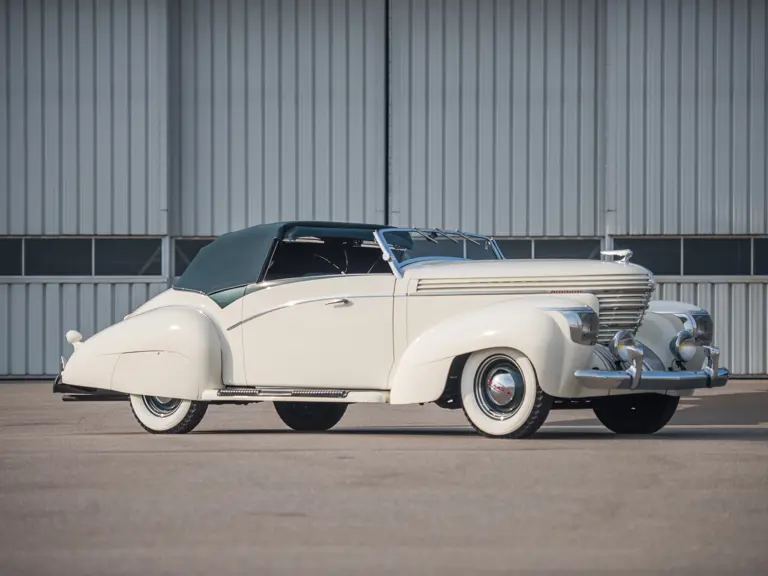

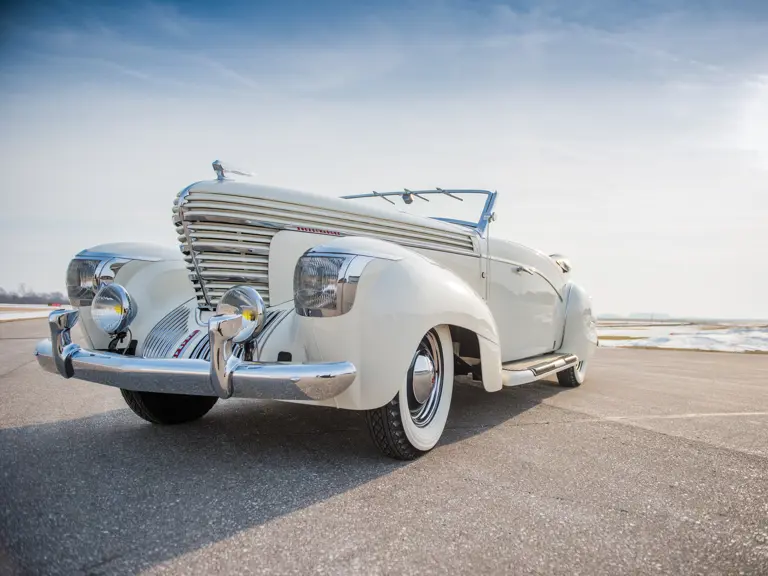
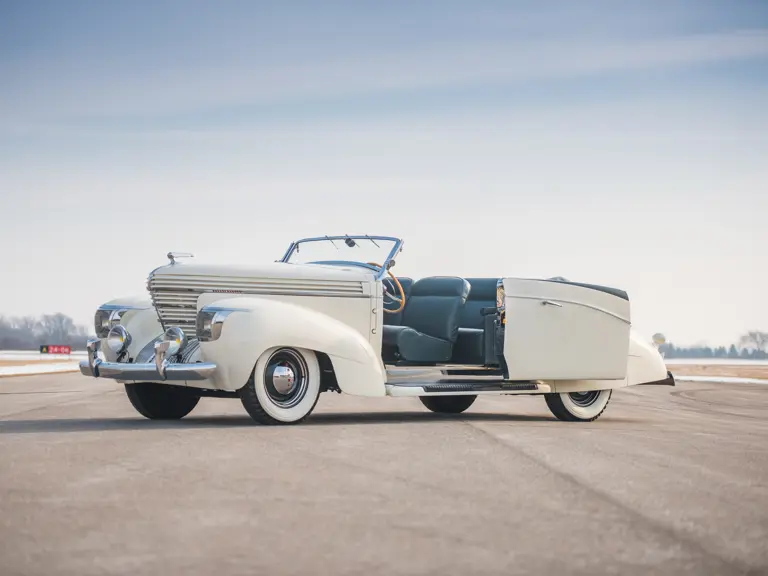
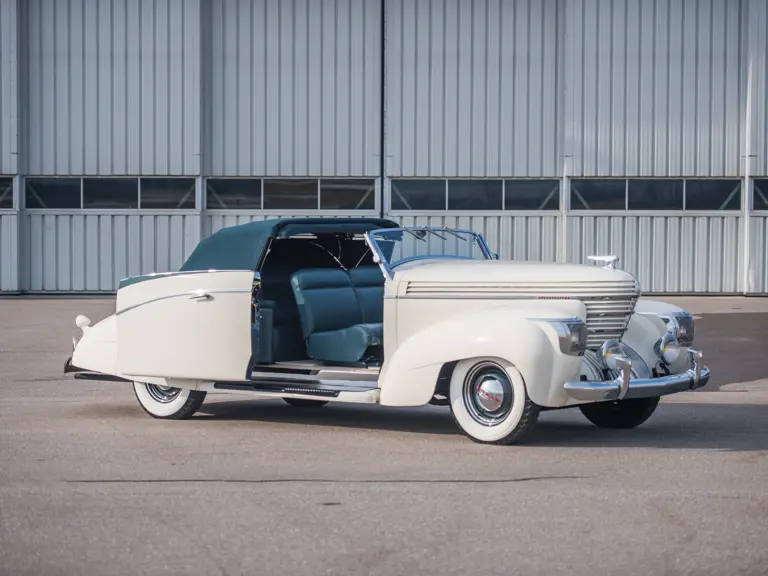
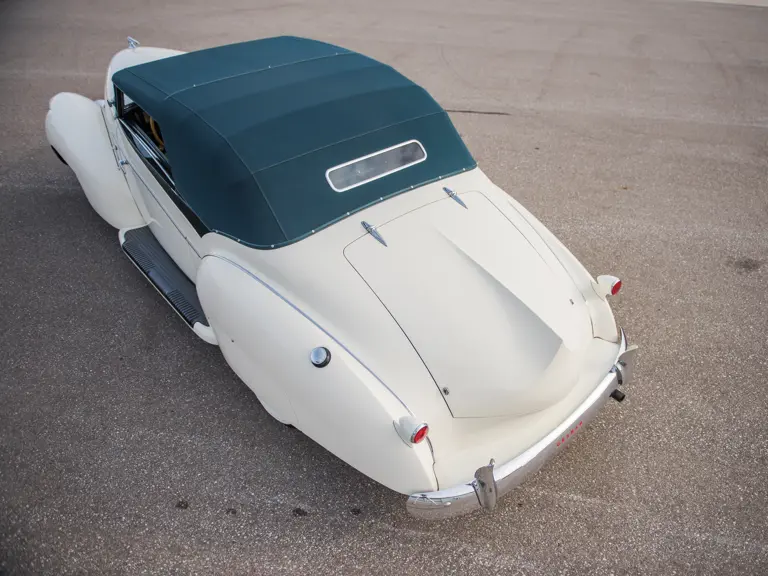
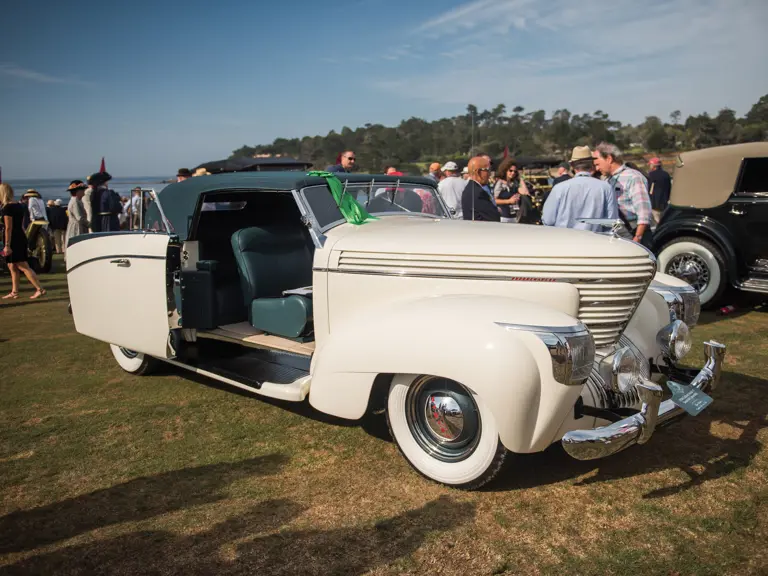
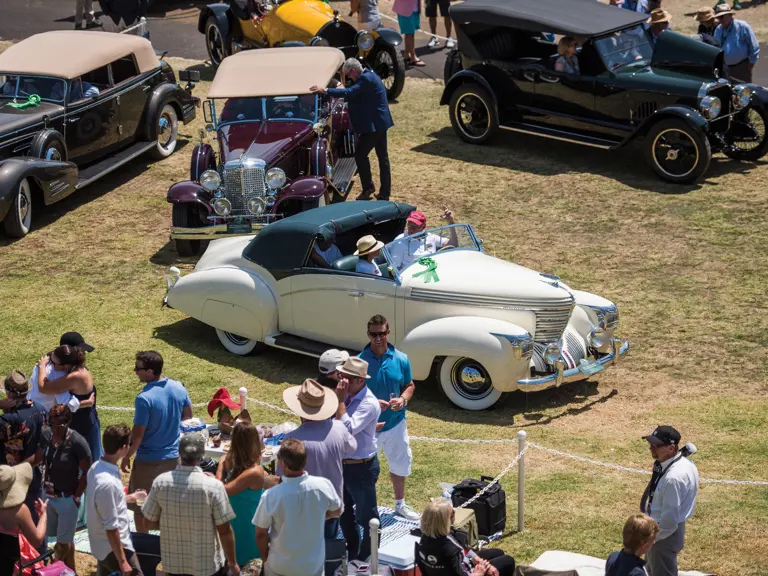

 | Amelia Island, Florida
| Amelia Island, Florida
